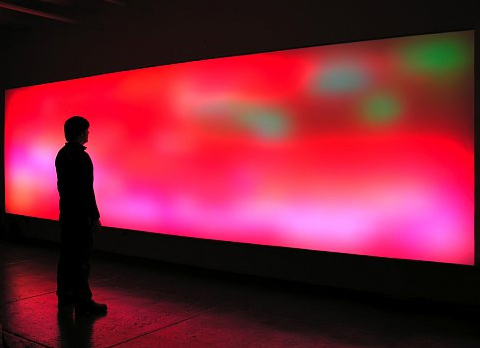Main Menu: The main menu will have the one remaining balloon centered with the words “up, down, left, and right” placed in their correct directional positions around the balloon. The background will be of a sky.
Transitions: The transitions will consist of the word that has been clicked on doing the opposite of what is expected. For example, the word “up” will move downwards and off the screen, tying in to the disoriented world of gravity that will be created in the short films.
Up: This is a video track of a balloon floating above a crowd of moving people walking through the Vietnam Veterans Memorial Wall. The balloon is stationary through stop motion and the superimposing of images.
Down: This is a video track in which reverse motion is used to show a balloon descending to the Earth. It will be floating downward next to the Washington Monument.
Left: In this video track, a balloon will lead an object or person through space instead of being pulled behind.
Right: In this video track, reverse motion will be used again to show a balloon being placed back together, piece by piece.








